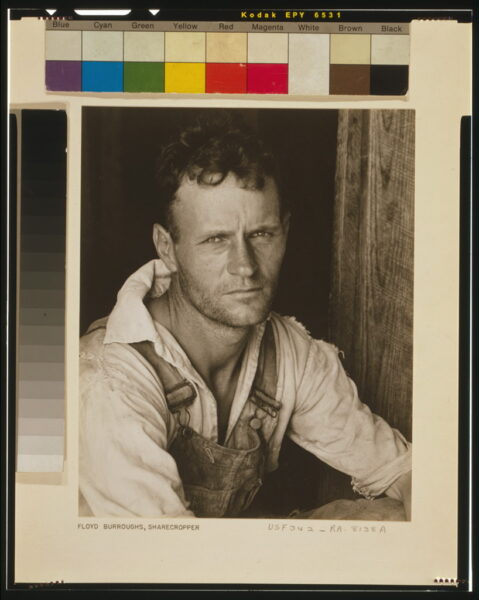
The Inauthenticity of our Class Discourse: or, Publishing Respects your Foodbank Usage
The issue, therefore, is not that we need to stop representation from benefiting elite minorities—that’s just representation in its most indefensible form—but that we need to stop believing that representation, or, more broadly conceived, anti-discrimination, should be our foremost social justice commitment. Without a prior grounding in a politics of economic equality, all anti-discrimination boils down to is the neoliberal promise that people should have an equal opportunity to escape poverty; rather than trying to get rid of it.












